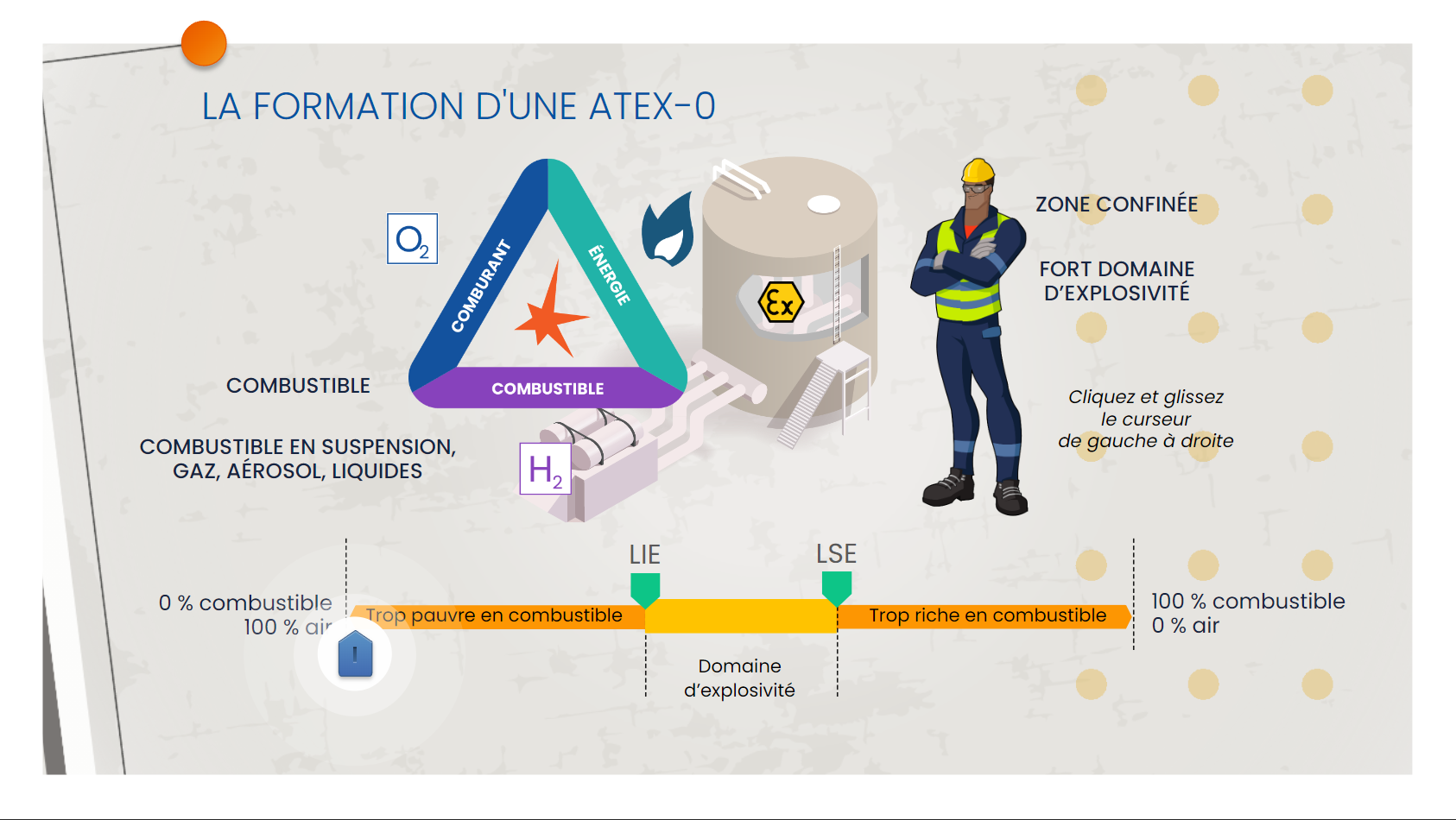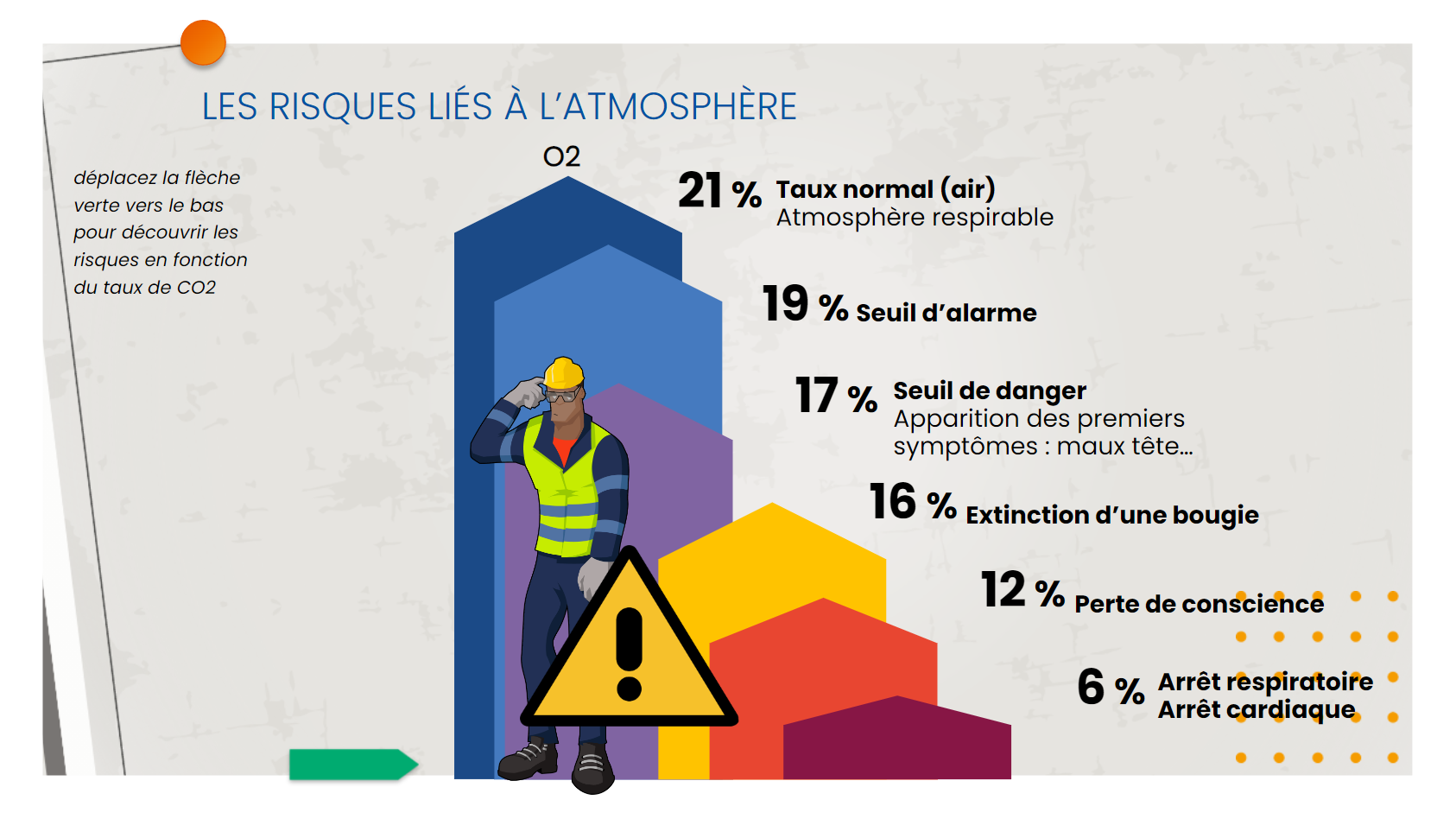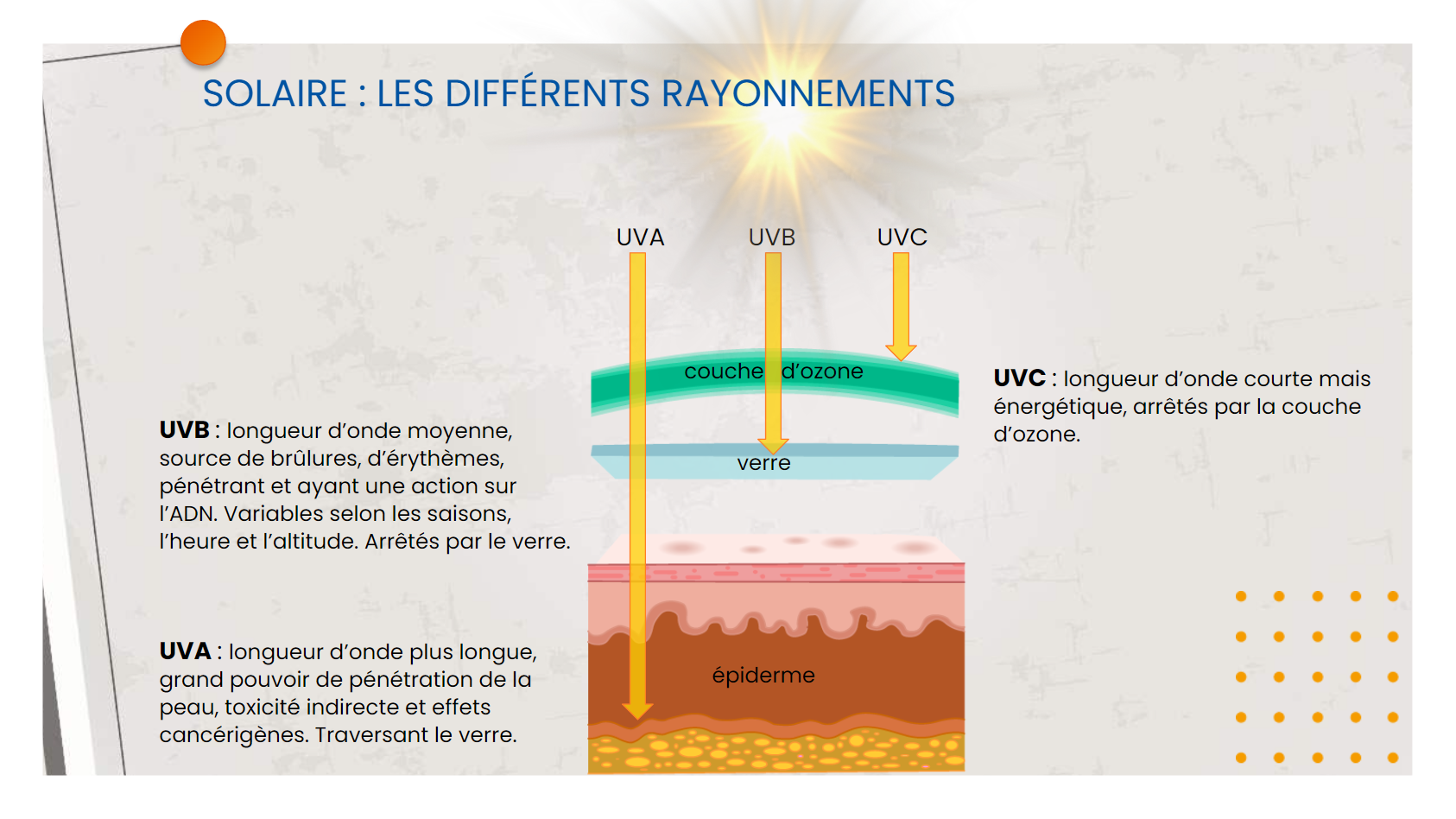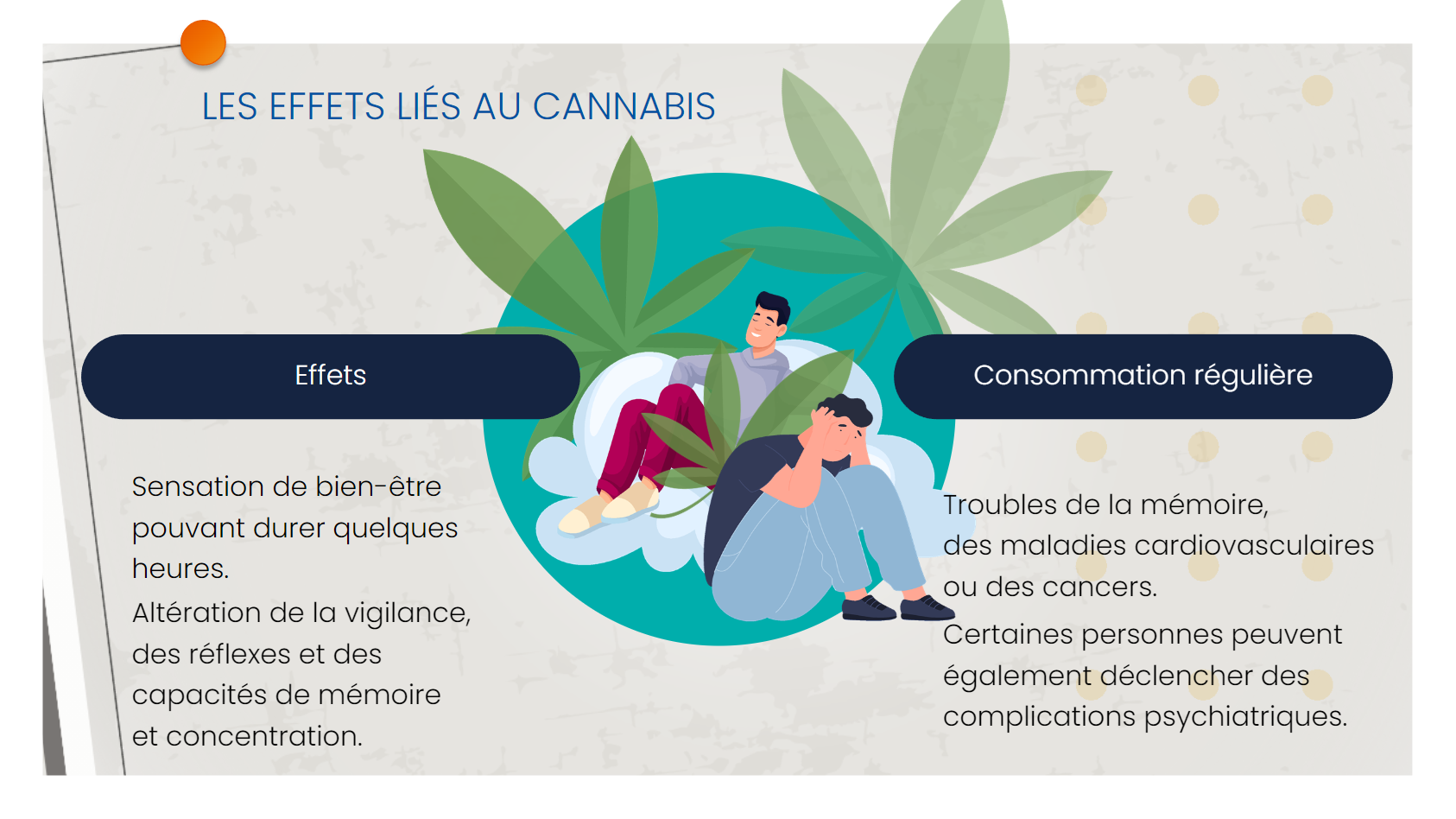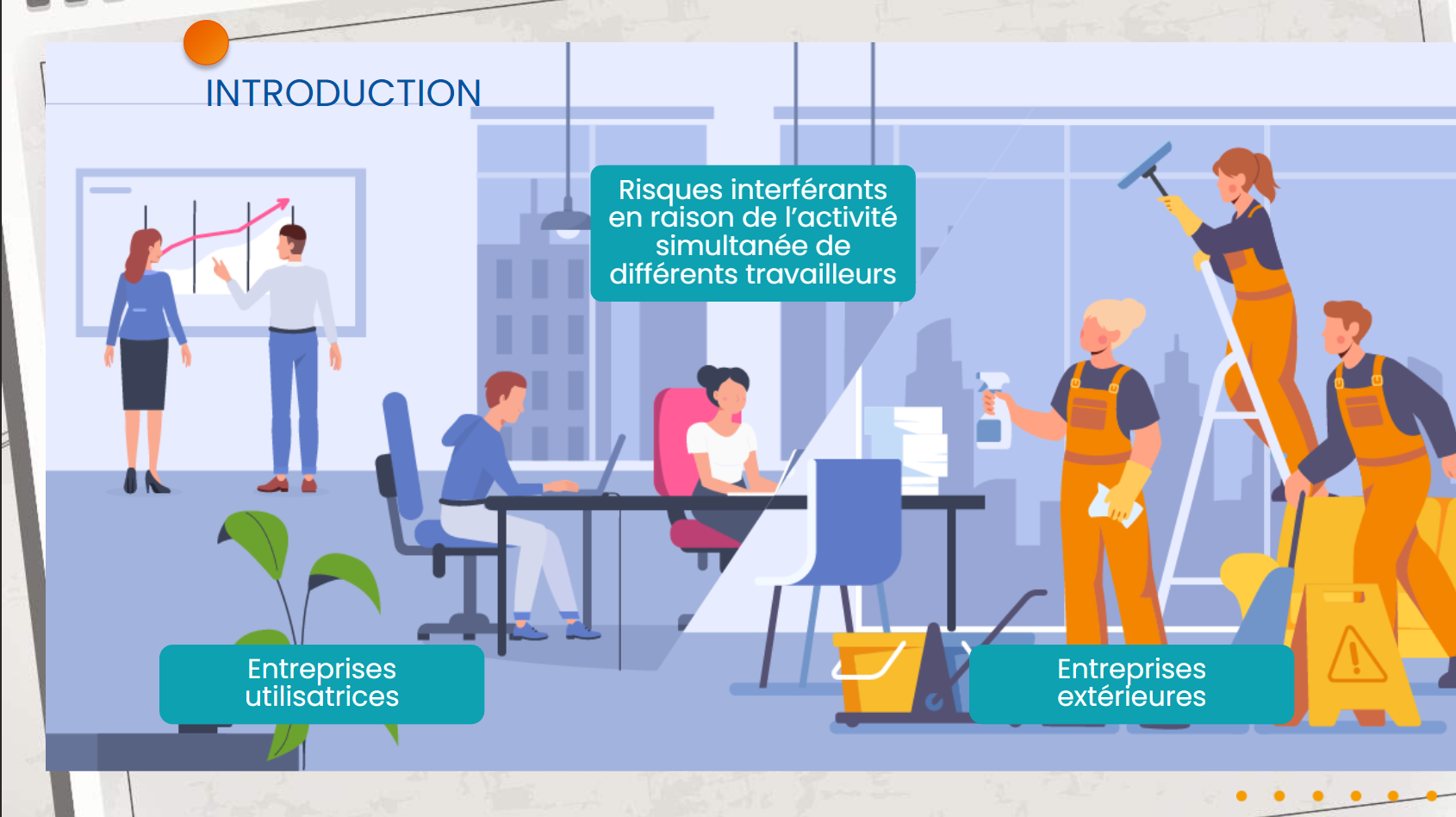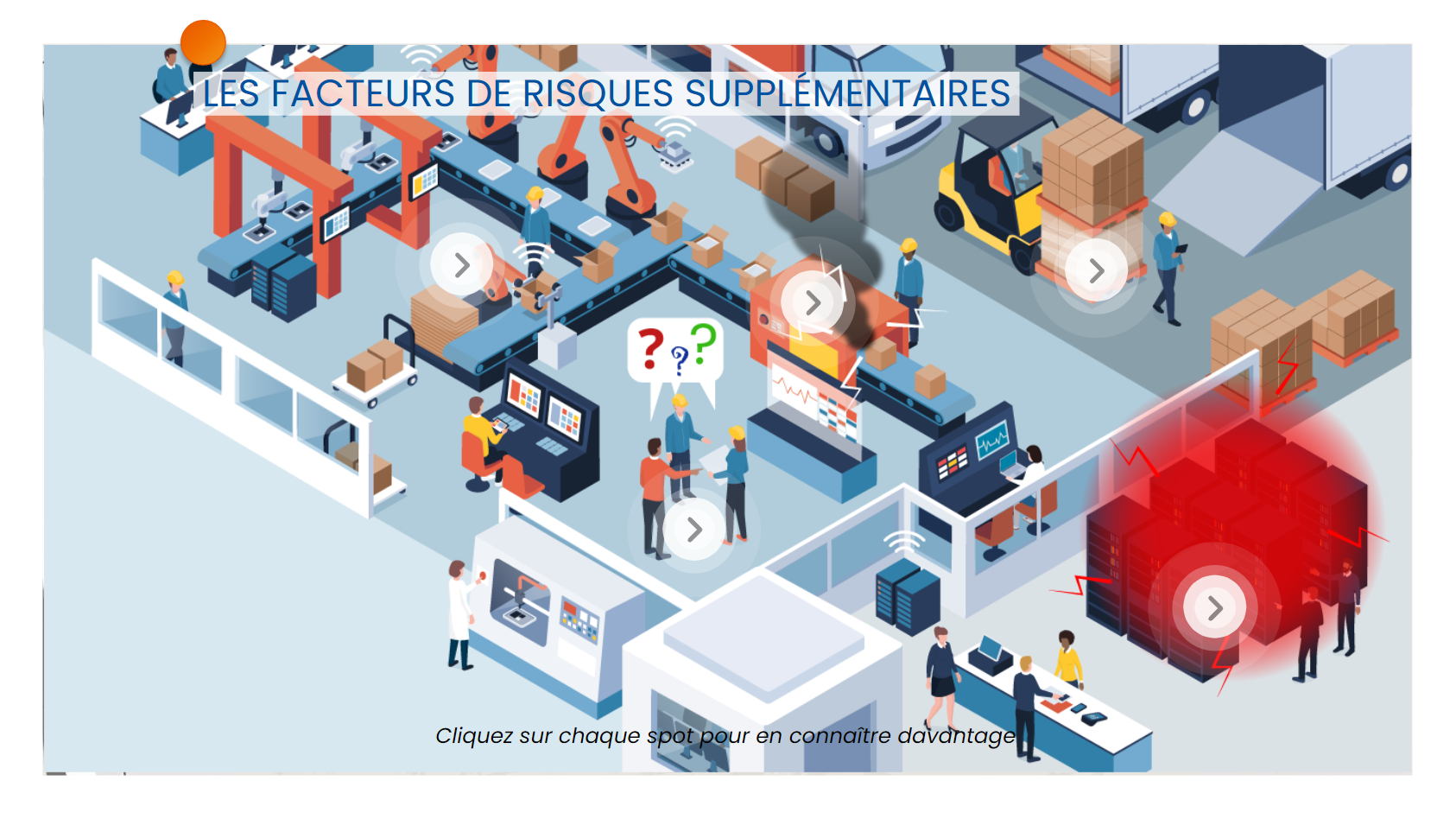To avoid explosions linked to an explosive atmosphere (ATEX) and the resulting dangers, the main strategy is to prevent the formation of ATEX. If this is not possible, it is essential to eliminate ignition sources and implement preventative and protective measures to reduce the potential effects of an explosion. This module explains the main events linked to ATEX risk.
Continue readingElearning module “Working in confined spaces”
Confined spaces are omnipresent in various industries, affecting thousands of workers. They expose people to real risks such as oxygen depletion, toxicity or explosiveness of the atmosphere, in addition to serious dangers such as falls or drowning. These risks are often the cause of serious or even fatal accidents. Personnel preparation and training are essential to anticipate these dangers. A prior risk analysis, carried out by experts, is essential to determine the prevention and protection measures to adopt, in order to reduce the risk of accidents or limit their consequences. This module presents working in confined spaces, as well as the special precautions to take taking into account the difficulties of accessing emergency services in the event of an incident.
Continue readingElearning module “Working in an isolated space”
Working alone increases constraints and makes it more difficult to provide relief in the event of an incident or accident. It is crucial to identify lone working situations and assess the risks faced by the employees concerned. Prevention requires actions on the organization of work, as well as on the information and training of workers. Measures must also be taken to improve both the responsiveness and organization of relief efforts.
Continue readingElearning module “The risks linked to optical radiation”
Sometimes the optical radiation that workers are exposed to can be harmful to their eyes and skin. By adopting an appropriate preventive approach, it is possible to reduce the risks to their health and safety. This module allows you to discover the risks linked to optical radiation as well as their effects on health.
Continue readingElearning module “The risks linked to addictions”
Addictive behaviors can lead to harmful impacts on the health and safety of employees. In addition, certain working conditions can contribute to their development. It is therefore necessary to integrate this issue into the single document and to implement a collective prevention strategy, while taking charge of individual situations. This module offers an overview of the different addictions, the associated risk factors as well as the effects linked to psychoactive substances.
Continue readingElearning module “Ionizing radiation (radon)”
Radioactivity is a natural phenomenon where certain unstable atoms emit ionizing radiation. This radiation can come from natural (such as uranium, radium, radon) or artificial (such as californium, americium) radioactive substances.
Continue readingElearning module “Teleworking”
Since the health crisis linked to Covid-19, teleworking has grown significantly and now concerns a significant number of employees.
Continue readingElearning module “The risks associated with working atypical hours”
. Standard working hours are defined as days of five consecutive days, generally Monday to Friday, with time slots ranging from 7 a.m. to 8 p.m. They also include two consecutive days of rest per week.
Continue readingElearning module “External companies”
Many companies use outside companies for work or services. Employees of these external companies work on sites they do not know, where other activities take place. This module relates this diversity of actors and the situations which can increase security risks.
Continue readingElearning module “Risks linked to the organization of maintenance”
Maintenance is essential for the productivity and safety of business equipment, but it exposes employees to various health and safety risks. These activities often take place in complex environments involving multiple stakeholders, which can increase risks. This module discusses the risks to which employees may be exposed, both for their health and for their safety.
Continue reading